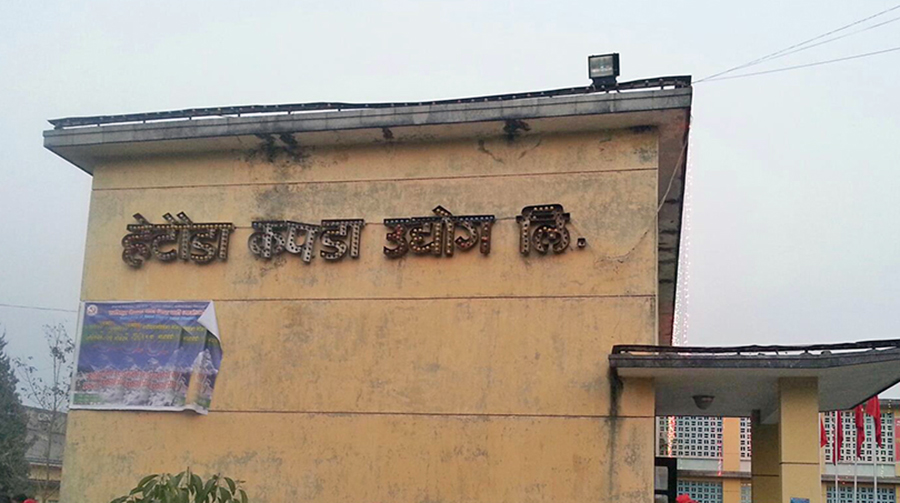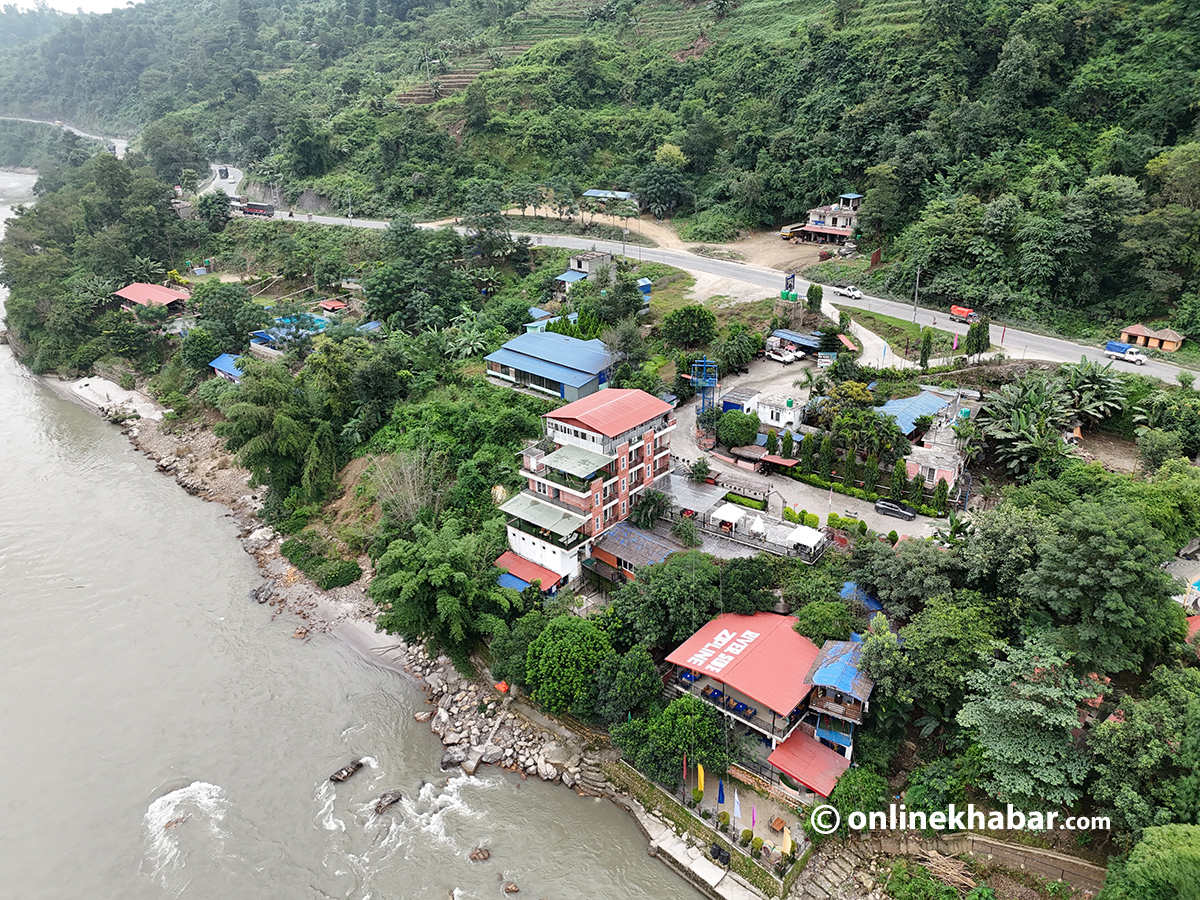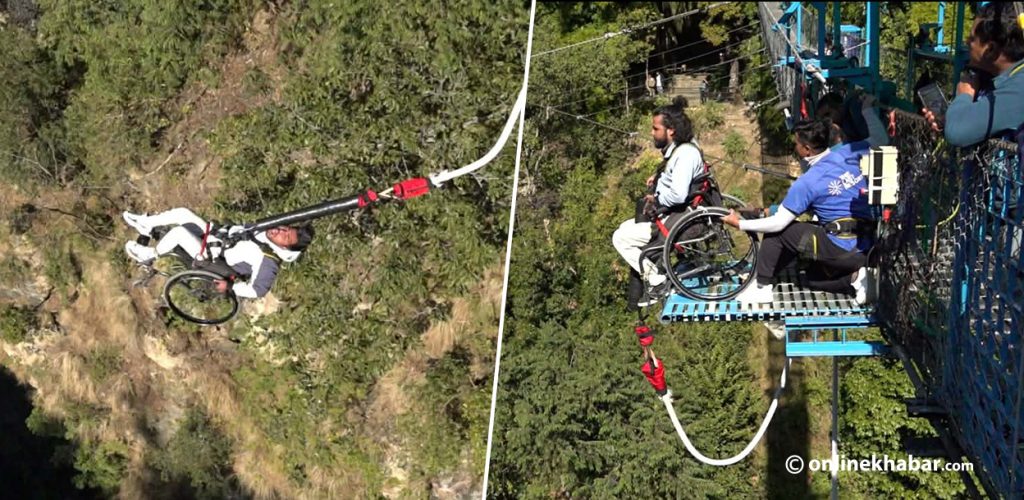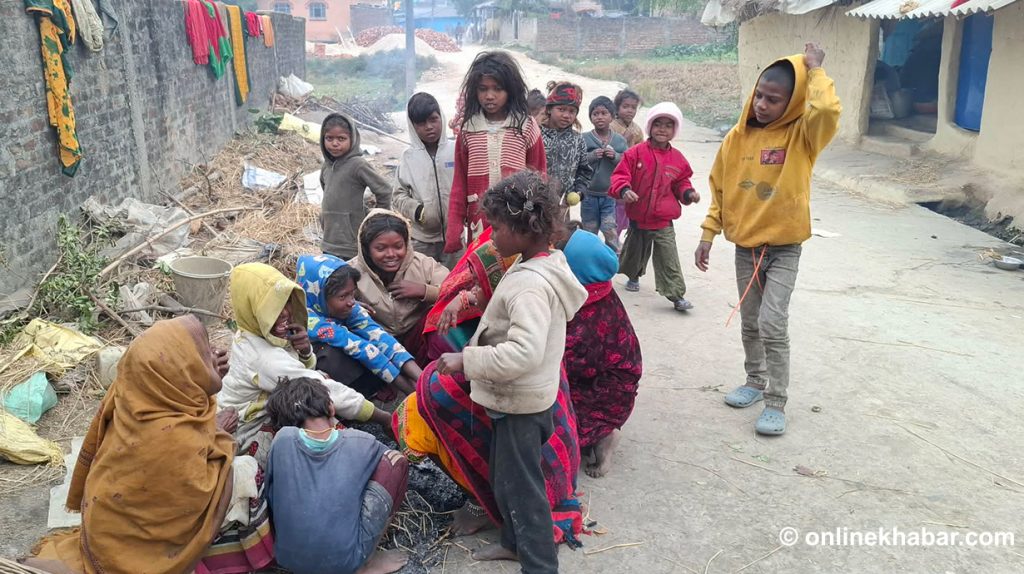
Kathmandu, August 14
We exist in an era where opinions spread more rapidly than facts. You can hear it everywhere, with people vociferously demanding to “reopen factories,” “nationalize industries,” and “regulate the market to protect the populace.” This rhetoric is loud, passionate, marketable, and easy to comprehend. In times of scarce employment, visible inequality, and a sense of rigged opportunities, attributing blame to capitalism seems like a viable solution.
However, I pose this question to you, sincerely: Are you aware of what Nepal resembled when the government was in charge of factories?
You might not recall. You may not have had the firsthand experience of standing in long queues for an expensive phone call, waiting for a Royal Nepal Airlines flight that was perpetually delayed, or observing state-run enterprises like the Bansbari Shoe Factory struggle along, bleeding funds. Those were the so-called golden days of the Balaju Industrial District’s matchstick factory, the Janakpur Cigarette Factory, and financial institutions where a politician’s endorsement outweighed a businessman’s qualifications. These were not emblems of empowerment. They were synonymous with inefficiency, politicization, and decline. Rather than being engines of prosperity, they were significant contributors to Nepal’s stagnation. It required immense political bravery and revolutionary leadership to declare, unequivocally: This is not functioning !
The forgotten ones
In the 1990s, at the onset of Nepal’s democracy, two reformers from the Nepali Congress, Ram Sharan Mahat and Mahesh Acharya, who took courageous measures to liberalize Nepal’s economy. At that time, GDP per capita was approximately $210, with over 60% of Nepal’s population living below the poverty threshold. State enterprises like the Bansbari Shoe Factory incurred substantial losses, around NRs 20 million by 1992, while innovation stagnated under stringent state control. But these reforms were grounded in the intellectual and policy groundwork laid by economists like Bhola Nath Chalise, a respected planner and liberal voice in Nepali policymaking. As an architect of the Industrial Enterprises Act (1992) and the Foreign Investment and Technology Transfer Act, Chalise played a vital role in dismantling the license raj and opening Nepal to private competition. In his influential article “Privatising the Privatisation,” published in Nepali Times, he warned that poorly executed privatization could be as harmful as state control. He argued that true privatization required speed, transparency, and insulation from political interference, not just the transfer of ownership from public to private hands.
Together, Chalise, Mahat, and Acharya did not advocate for laissez-faire capitalism. Instead, they envisioned a market that was regulated and merit-based, providing citizens with both choice and opportunity. Their reforms led to significant collective outcomes:
• Telecom Revolution: Prior to liberalization, in 1990, Nepal had fewer than 100,000 telephone lines serving 18 million people. By 2010, private telecom companies such as Ncell and NTC had increased mobile penetration to over 50%, linking both rural and urban areas of Nepal.
• Aviation Growth: Royal Nepal Airlines, which operated only one aircraft and had a 60% on-time performance in the 1980s, was succeeded by private airlines like Buddha Air and Yeti Airlines, which now cater to over 3 million passengers each year.
• Banking Expansion: Following liberalization, the number of private banks surged from 3 in 1990 to more than 30 by 2010, enhancing access to credit and savings for millions of individuals.
• Poverty Reduction: According to World Bank statistics, the poverty rate dramatically decreased from 61% in 1990 to 15% by 2010, elevating millions into a burgeoning middle class.
• Economic Growth: From 1990 to 2010, GDP growth averaged 4.8% annually, in contrast to 2.1% in the preceding decade, driven by private and foreign direct investments, which escalated from $6 million in 1990 to $96 million by 2010.
• Social Progress: The number of private schools and hospitals proliferated, with private education enrollment increasing from 5% in 1990 to over 20% by 2010. Additionally, cooperatives expanded to over 30,000 by 2015, empowering local economies. Most crucially, these reforms liberated Nepalis from the state’s monopoly over their aspirations. They provided us with choices, something that the Bansbari Shoe Factory, with its inferior products and persistent deficits, could never offer.
The romantic illusion of “Let the government handle everything”
Today and before , there always existed a wistful longing for a government that “cares.” However, it is important to clarify: the primary responsibility of the state is to safeguard the vulnerable, not to act as a business entity. A bureaucracy that finds it challenging to manage hospitals , where, according to a 2020 Ministry of Health and Population report, 70% of public health facilities are devoid of essential equipment, cannot effectively construct hydropower plants or companies like Goldstar and Nike in shoe production. This is not advancement; it is merely a performance.
The responsibilities of the government include: • Regulating markets to avert exploitation.
• Ensuring consumer protection through equitable standards.
• Investing in infrastructure, healthcare, education, and justice.
• Establishing safety nets for those in need, such as the 1.5 million Nepalis who were beneficiaries of social security programs in 2023. The government is not meant to produce socks.
To illustrate: during the period from 1985 to 1995, when the government operated the Hetauda Textile Factory, it incurred losses amounting to NRs 1.2 billion. In contrast, private textile companies during the same timeframe generated 50,000 jobs and exported goods valued at $100 million annually by the year 2000. And when we compare these two data, it is a no brainer for what to choose.
Do not despise the tools. Reform the system.
Capitalism is not the adversary; corruption is. Nepal is positioned 108th out of 180 on the Corruption Perceptions Index (2024), resulting in an annual loss of $2 billion due to misallocated resources. The issue lies not with markets, but with monopolies. Wealth itself is not malevolent; it is the manipulation of the system that is. Let us rectify the mistakes made without discarding what has proven effective. We must advocate for more robust anti-corruption legislation, such as the enforcement of asset declarations for public officials, Improved regulatory frameworks, like the Competition Board that was promised in 2007 but has yet to materialize, Increased investment in education—only 3.6% of GDP in 2023, in contrast to 7% in rapidly developing countries like Vietnam and enhanced support for small enterprises, which account for 80% of Nepal’s workforce yet receive less than 10% of bank financing.
Let us establish institutions that prioritize the populace rather than merely catering to powerful interests. Let us possess the courage to acknowledge: The past had its flaws, but reverting to it will not resolve future challenges. The Bansbari Shoe Factory did not generate prosperity; it resulted in losses. Let us learn from this experience and progress.


















